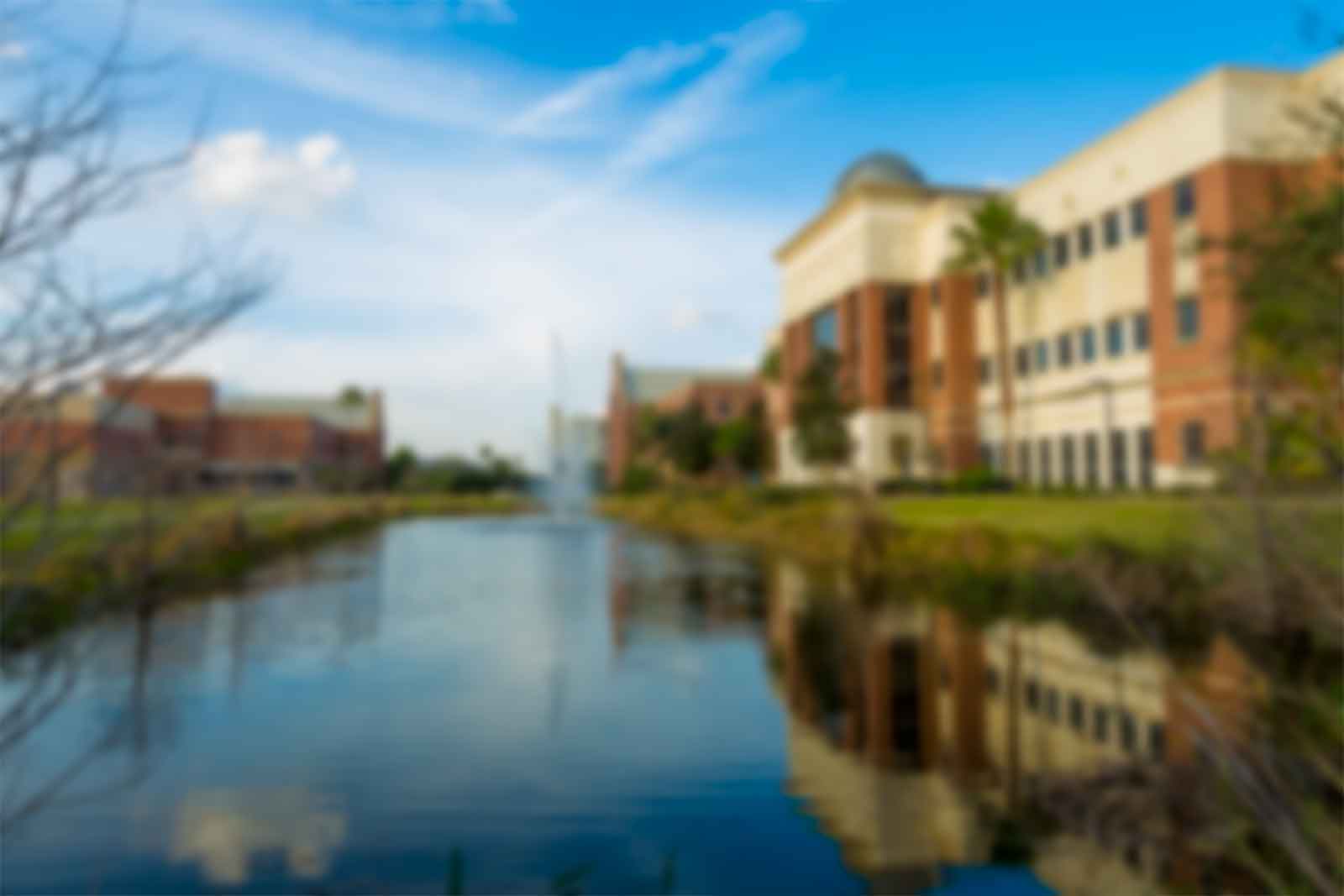About
Fluid mechanics is the study of the behavior of gases and liquids at rest and in motion. Its applications range from the ordinary such as monitoring water flowing through household pipes and modeling wind patterns for predicting the weather, to the extraordinary such as designing the liquid fuel channels in a rocket engine and developing an artificial heart to pump blood. Aerodynamics focuses on the forces exerted by the air or other gases on solid bodies. It is from the study of aerodynamics that we learn why an aircraft wing generates lift and why a golf ball has dimples. Though often particularly related to aircraft and spacecraft, aerodynamics also finds application in automotive and marine vehicle design.
The Fluids and Aerodynamics Lab provides the necessary laboratory experiment to students of mechanical, Aerospace, Civil and Ocean Engineering. The low speed wind tunnel, major equipment in the lab which helps to visualize and measures forces and pressure on bodies. There are also several table top experiment to measure fluid properties and to verify the conservation laws of fluid motion.
Advanced instrumentation, such as doppler velocimeter and hot wire anemometer are also available for graduate teaching and research.
Research Areas
Turbulence
Turbulence is encountered in everyday life, from the airflow around a moving car, to the water flowing out of a sink faucet, to ocean waves crashing upon a shoreline. It is comprised of the vortices and eddies within a fluid, from the large-scale recirculation zones shedding off a building in a strong wind, to the velocity and pressure fluctuations caused by an underwater jet. Its study and prediction are important because turbulence plays an important role in many fluid analyses including determining drag on an aircraft wing and the rate of diffusion of gaseous mixtures.
Experimental Aerodynamics
Experimental fluid and aerodynamics focuses on measuring the physical properties and forces associated with the movement of air, water, or other fluid media. Visualization techniques, such as smoke injections, are used to show how the flow interacts with its surroundings. Results from experiments are instrumental in validating theoretical and computational models that describe any number of fluid phenomena. Common tools and equipment used to conduct experiments include wind tunnels, manometers, Venturi tubes, vortex generators, and hot-wire anemometers.
Multiphase Flow
Sprays, sandstorms, rainfall, and cavitation are all examples of two-phase flows. The study of multiphase flows focuses on analyzing and predicting flows where any combination of solid, liquid, and/or gaseous substances are present. This is important for designing an aerosol inhaler to deliver a precise dosage of medicine, understanding the dispersal pattern of powdered pesticides, or obtaining good fuel/air mixtures inside internal combustion engines.
Facility and Equipment
Fluids laboratory equipment
- Armfield hydraulic bench
- Armfield pipe friction apparatus
- Armfield impinging jet apparatus
- Armfield flow metes
- Armfield losses-in-bends apparatus
- TechQuipment Hele-Shaw apparatus
- Falling ball viscometer-in-house designed and built
- Dantec 55N CTA and CCA system
- Pipe-flow apparatus for LDA experiment
- Oscilloscopes and voltmeters
Aerodynamics laboratory equipment
- Martin Magnum-1600 fog generator
- Fiber optic laser sheet flow visualization in-house built systems
- CCD camera; image processing hardware for pentium 20 computer
- Sub2D and Sub3D aerodynamic simulation software: SoftwAerodynautics
- Strain gage force balance and accessories
- Digital pressure gage by Meriam, Inc
- Lexl Ar-ion 8 W and 1 W Laser

 Give to Florida Tech
Give to Florida Tech 